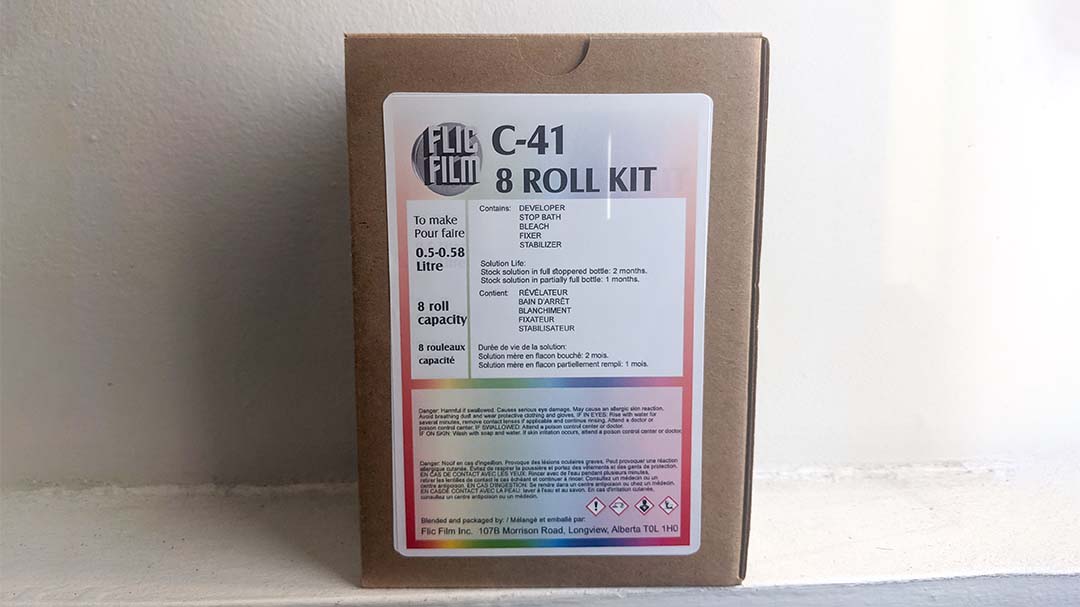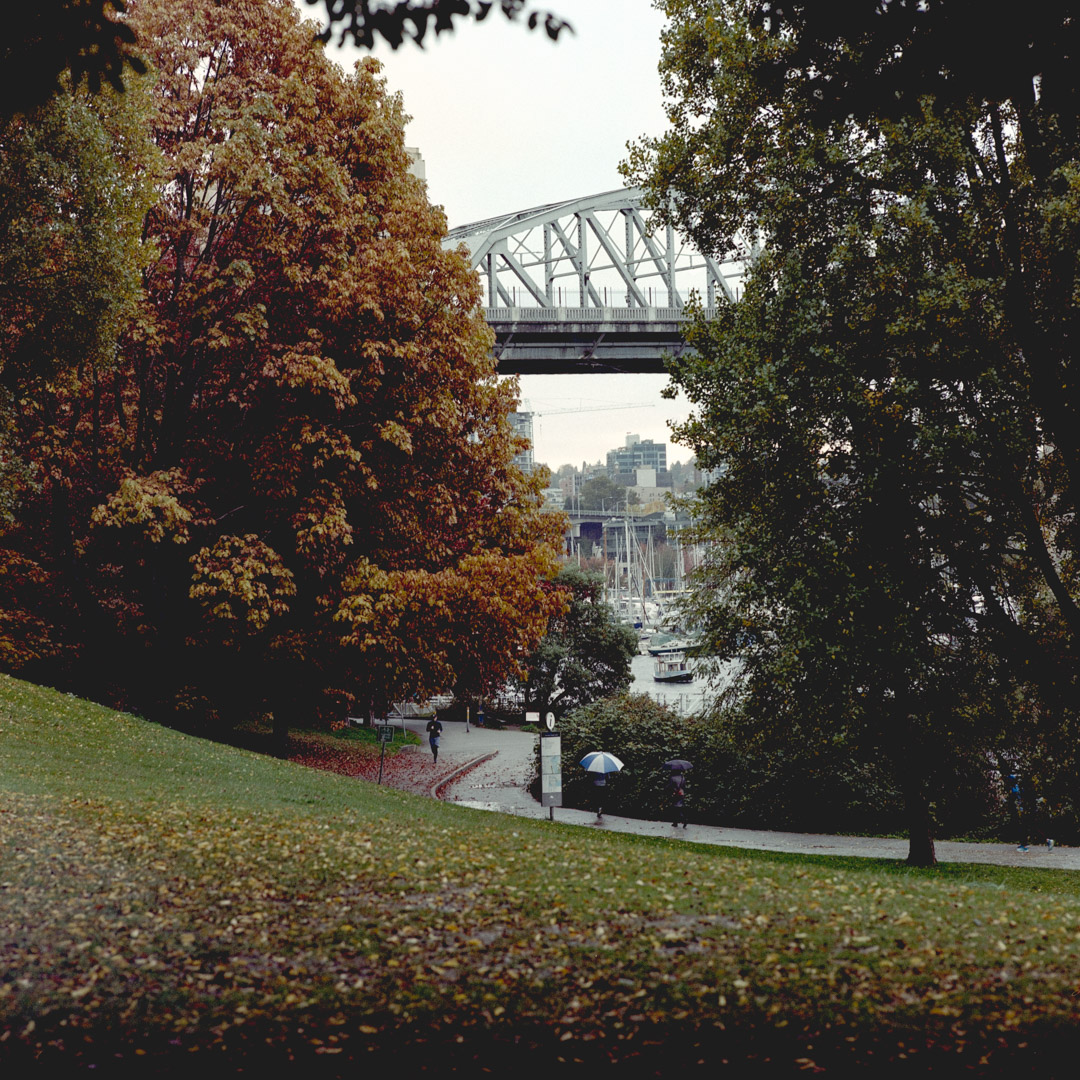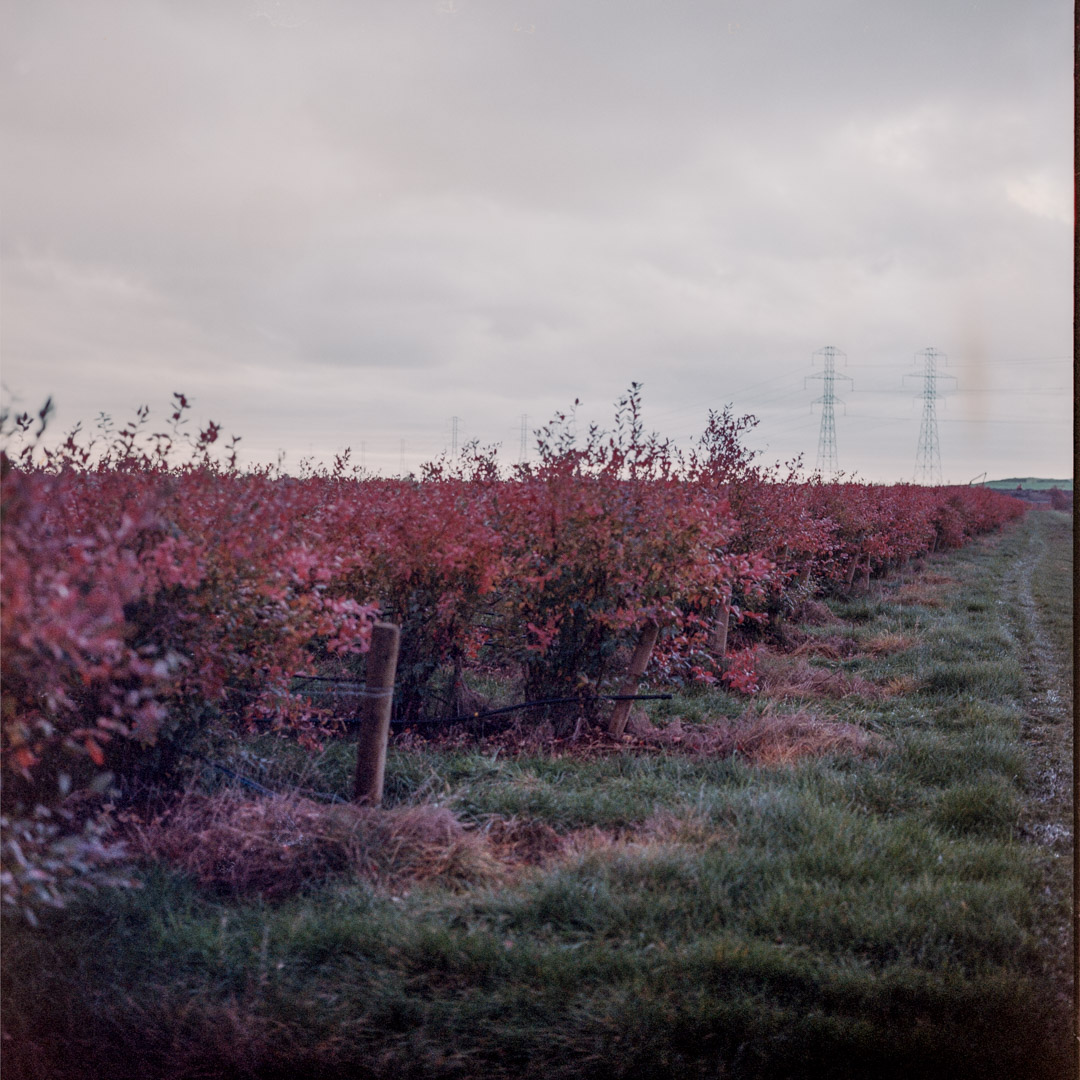There are few options on the market for developing color film at home. Most C41 kits come from the same manufacturer, are subject to sporadic shortages, and have a single blix formula instead of separate bleach and fix steps (like most labs use). Kodak Flexicolor, which is the system labs use, is often extremely tough and expensive to get ahold of, making it inaccessible for most users.
That’s why it’s so exciting to see manufactures like Flic Film bringing the latest home color developing kits to the North American market. The company is offering both C41 (standard color film) and E6 (cine film) with separate bleach and fix in both 500ml (8-roll) capacity and 1L (16-roll) kits. But how do they compare to the kits by Arista, Cinestill, and Tetenal? I’ve developed 16 rolls using two Flic Film kits, and here are my thoughts so far.
The Flic Film C41 kits are high-quality, high-capacity color developing kits with separate bleach and fix, giving home developers the option to bleach bypass their film. Flic Film C41 kits are cheaper than standard C41 kits and have twice the rated capacity of a regular kit.
Flic Film is bringing exactly what the market needed. Many photographers have been seeking a kit with a separate bleach and flix because it allows for more creative control, better results, and more capacity over blix. And as if to only make things better, the Flic Film C41 and E6 kits are much cheaper than the other kits offered by the larger manufacturers.
The Flic Film kits require 5 steps to develop a single round of film. The kits contain the chemicals for a developer, stop bath, bleach, fix, and stabilizer. The box comes with separate packages for each step, with the powdered developer, bleach, and stabilizer, while the stop bath and fix come in liquid format.

How are the results?
The Flic Film developer is based on a classic, tried, and true lab formula. The developer creates beautiful results that are indistinguishable from a regular blix kit or Kodak Flexicolor chemicals. The chemicals require the same temperatures and development times as a typical C41 kit, making it a familiar process for anyone who has developed color film at home before.
The biggest difference between the Flic Film kit and regular C41 kits is that it takes longer to develop a single round of film, and requires 5 bottles instead of 3.
Are there any downsides to the Flic Film kit?
The main downside of using the Flic Film C41 developer is that it does take longer to process a single roll of film. While the steps themselves only take an additional minute at the most, the extra rinses easily eat up a lot of time during the development.
With a blix kit, I can get through a round of C41 developing in about 20 minutes start to finish. With the Flic Film kits, it takes me about 30 minutes when all is said and done. But for the extra capacity and control, this time cost is negligible.
The only other problem that I have found with the Flic Film kit is that it does not give proper instructions for pushing and pulling the film, or for reusing the developer passed the initial rated 8 or 16 rolls (for the 500ml and 1L kits respectively).
The instructions in general are fairly short and don’t go into nearly as much detail as the Arista, Cinestill, or Tetenal kit instructions do.
The general rule for pushing color film is the same as for pushing and pulling black and white film. Add 30% to the developing time when pushing, or remove 20% of the developing time when pulling the film. The stop, bleach, and fix steps will remain the same, no matter how far you push or pull.
It’s important to note that even though you can pull film more than one stop, most developers won’t do it — even if they shoot the film 3 stops overexposed, they will usually only pull the film by 1 stop. Color film has extremely good overexposure latitude compared to B&W and does not need to be pulled to control excessive highlight development.
Here are the developing time adjustments when pushing and pulling. The ISO is just as an example — the same times will work for a push/pull of any color film regardless of the ISO or make.
| Push/Pull | ISO (example) | Development time (min:sec) |
| -3 stops | 50 | 1:75 |
| -2 stops | 100 | 2:20 |
| -1 stop | 200 | 2:75 |
| Regular development | 400 | 3:30 |
| +1 stop | 800 | 4:35 |
| +2 stops | 1600 | 5:55 |
| +3 stops | 3200 | 7:41 |

Who is Flic Film?
Flic Film is a new film and chemical supplier from Longview, Alberta, Canada.
The company was started by film enthusiast and photography store owner David Marshall, who had problems keeping his store stocked with fresh chemicals during the pandemic. After having customers complain about XTol and D-76 coming dead on arrival, he decided to start making products himself.
Flic Film now produces a number of different developers and re-spooled cine film. Their lineup includes clones of classics like D-76, D-96, and Dektol, as well as an environmentally-friendly Xtol clone with a shelf life similar to Rodinal, called Black, White & Green (read my full review and why this is my new go-to film developer here) All of Flic Film’s products are properly packaged, produced with environmental responsibility in mind, and come at a lower cost than the name-brand developers by Kodak and Ilford.
The company also supplies film accessories, including a small precision water temperature bath to keep C41 and E6 chemicals at the perfect temperature for developing film.
All in all, Flic Film is poised to upset the film industry by selling better products at a lower price point. It’s possible to find their products across Canada, and will soon be possible to find all across the United States.
What is the problem with blix?
Blix is used by most C41 manufacturers because it makes the process simpler. Blix is the combination of bleach and fix in a single step, much like the CInestill Monobath, where a single solution does all three steps at once. Blix is convenient for home developers because it combines both steps in one and ensures users don’t need to rinse between solutions.
But the problem with blix is that it isn’t as stable as a separate bleach and fix. These two solutions typically require different pH to operate effectively, so combining the two means that neither is able to work as well as they would on their own.
But more importantly, the chemicals will exhaust quicker in a blix solution than they will on their own — especially when skipping the rinse between developer and blix.
It also means that if a photographer wants to try a bleach bypass, they will need to make their own fixer solution from any regular B&W fixer.
What is bleach bypass?
Bleach bypass is exactly as it sounds — bypassing the bleach step during color film development.
The bleaching step removes the silver content from the film, leaving behind just the color dyes in the film. So skipping the step essentially means you will keep the B&W image as well as the color image.
Because of the remaining silver particles in the film, bleach bypass images have more contrast and less saturation than traditional images. The effect was popular in the 80s and 90s, used frequently on punk rock album covers. If you ever see an image that appears lo-fi and washed out, it was likely bleach bypassed.
The bleach bypass look is becoming more popular again as photographers return to film and are looking to create moodier images.
Can bleach bypass be reversed?
It is possible to dunk film in the bleach after fixing, but the process may not fully remove the silver depending on how long you wait to bleach the film after developing. Unlike the developing step, the bleach and fix don’t necessarily rely on a specific order to be completed successfully.
Whether or not bleaching after fixing fully removes the silver content is debatable, but it will increase the image saturation and bring the contrast closer to normal.
With that in mind, you’ll always get the best results when you shoot a roll of film with the intention of performing a bleach bypass during development. Look for scenes that lack contrast when attempting this technique, or find locations where you want to minimize the amount of color to reduce clutter.
Final thoughts on Flic Film’s C41 kit
Flic Film’s C41 kit is a dream come true for film photographers everywhere. The separated bleach and fix is perfect for photographers who want more life out of their development chemicals and want to have control over the entire process.
It’s also cheaper than standard kits and gives twice as much capacity as a blix kit.
The Flic Film kit does take a little longer than a regular C41 kit to develop a roll, and I do wish they would give more information in the pamphlet that comes with the developer. But as it stands, I firmly believe that this is the best option for film photographers on the market.
Do you have any questions about this developer or any others? Have you had any problems with Blix kits, or are you looking to try something new? Let me know down in the comments below, or catch up with my latest work on Instagram.

By Daren
Daren is a journalist and wedding photographer based in Vancouver, B.C. He’s been taking personal and professional photos on film since 2017 and began developing and printing his own photos after wanting more control than what local labs could offer. Discover his newest publications at Soft Grain Books, or check out the print shop.


